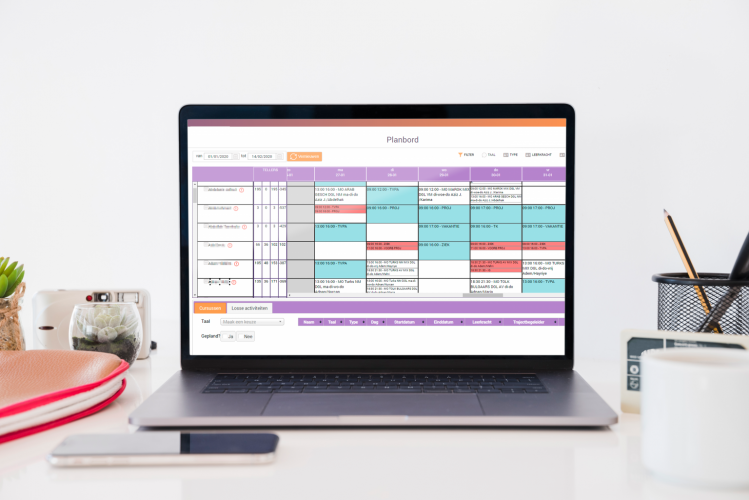
Public Transport
Many public transport services work on a round-the-clock basis, and most employees in this sector work in cyclic group schedules. While this used to work well in combination with mostly-fixed transport timetables, that is no longer the case. In addition, public transport operators are required to be more efficient and allocate resources more effectively nowadays. Consequently, more flexibility in employee schedules is needed, and fixed group schedules simply do not provide the necessary level of agility. On top of that, today's employees want more control over their working hours. As a result, the need for dynamic schedules that meet ever-changing demand while satisfying employee expectations has grown significantly. Self-rostering makes all of this possible.

Agility
Productivity
Job Satisfaction
Self-rostering thus contributes directly to more sustainable employability.
Self-rostering goes together well with the characteristics of public transport. Few other sectors have so many different shift types (start times, duration etc.). This makes self-rostering an attractive solution, as it offers employees a greater variety in working hours.
Working irregularly has an adverse effect on well-being. Because self-rostering allows employees to choose shifts that suit them best, it is less detrimental to their physical and mental health. Self-rostering thus contributes directly to more sustainable employability. Working irregular hours negatively impacts well-being. Self-rostering, which allows employees to choose shifts that best suit them, is less detrimental to physical and mental health and thus contributes directly to more sustainable employability. In turn, this will make the public transport sector more attractive to younger job-seekers, who are desperately needed to replace an aging workforce.



